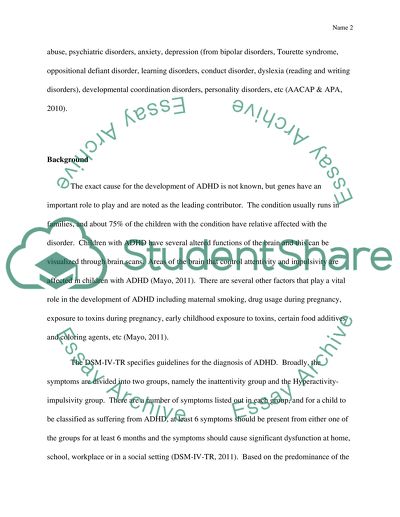Cite this document
(“Long-Term Effects of Psychiatric Medications in Children with ADHD Research Paper”, n.d.)
Long-Term Effects of Psychiatric Medications in Children with ADHD Research Paper. Retrieved from https://studentshare.org/health-sciences-medicine/1439548-add-and-adhd-medication-and-treatment
Long-Term Effects of Psychiatric Medications in Children with ADHD Research Paper. Retrieved from https://studentshare.org/health-sciences-medicine/1439548-add-and-adhd-medication-and-treatment
(Long-Term Effects of Psychiatric Medications in Children With ADHD Research Paper)
Long-Term Effects of Psychiatric Medications in Children With ADHD Research Paper. https://studentshare.org/health-sciences-medicine/1439548-add-and-adhd-medication-and-treatment.
Long-Term Effects of Psychiatric Medications in Children With ADHD Research Paper. https://studentshare.org/health-sciences-medicine/1439548-add-and-adhd-medication-and-treatment.
“Long-Term Effects of Psychiatric Medications in Children With ADHD Research Paper”, n.d. https://studentshare.org/health-sciences-medicine/1439548-add-and-adhd-medication-and-treatment.


